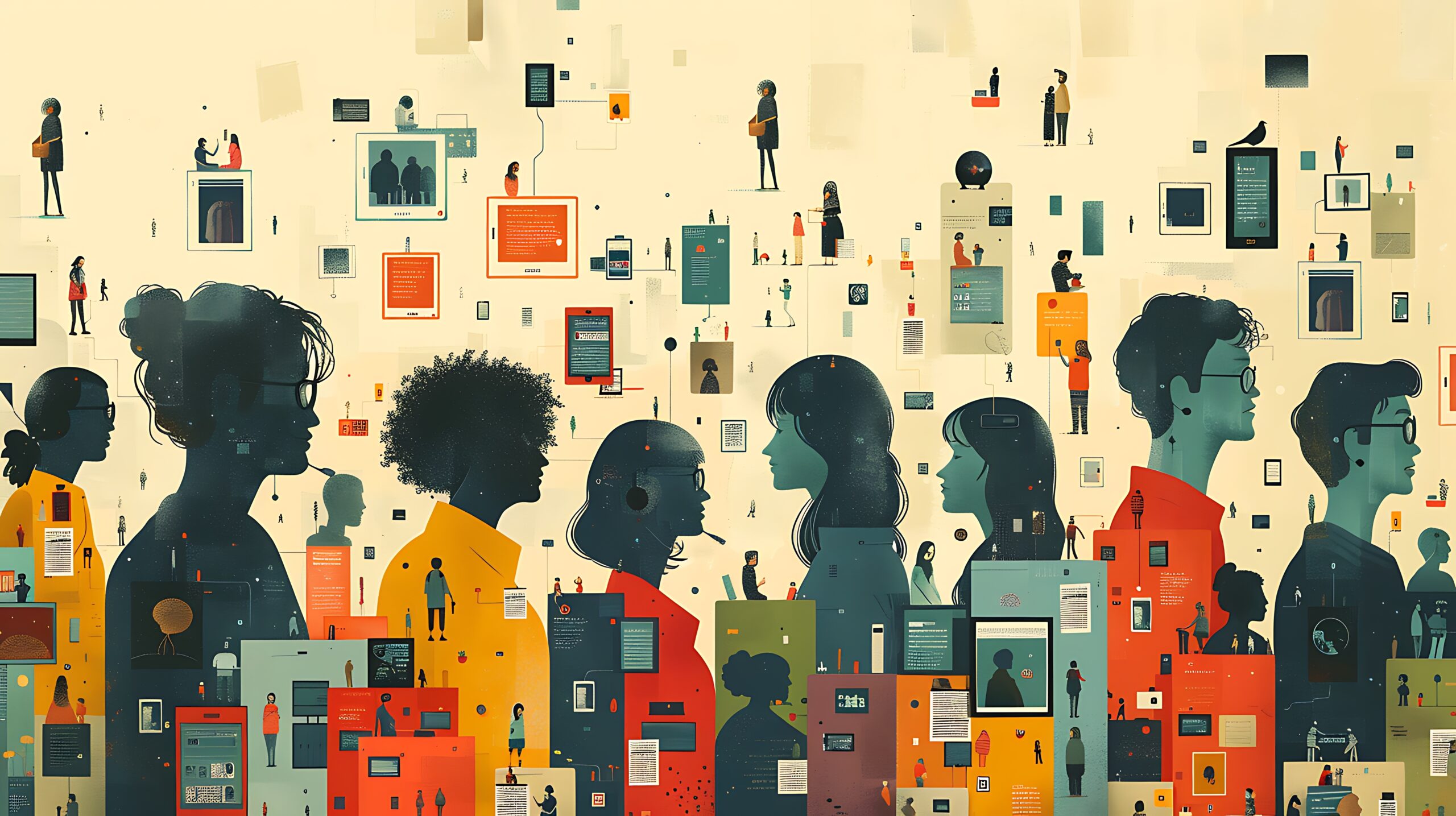How should HR and leaders be working together to prepare for new ways of working? Deborah Wilkes offers a route to follow.
Even before the pandemic there was a perfect storm brewing in the world of work; now it’s upon us. Strangely, it feels like we’re in the calm after the storm, because the pandemic did all the hard work of making the business case and creating powerful momentum. No one is going to argue against a redesign of work now; but how courageous will organisations be?
From loom to Zoom
Ironically, before Arkwright’s mill that kicked off the first Industrial Revolution in 1765, people did their spinning and weaving from home. Since then, we’ve made work supervised, linear and compartmentalised.
The opportunities that lie ahead aren’t only about tech, working patterns and location. They’re about control and trust, and mindsets.
New questions, new solutions
First, we need to work out a new set of questions. A great way to start any question right now could be: ‘What we need to work out is …’. This question is inclusive; it shares the challenge and also the accountability. The important word here is ‘we’.
To deliver best value, HR needs to operate from a position of strength
What kind of question would you like to debate with your partners in the business? For example, would it be ‘What we need to work out is – how to redesign work?’ Or, ‘What we need to work out is – how to create the conditions for our people to be the best that they can be?’
The latter is likely to create a more dramatic rethink but, depending on the culture and stress levels in your organisation, might sound rather revolutionary.
New ways of partnering
There needs to be new ways of partnering between HR and L&D and business leaders and managers This is the crux of the opportunity that exists right now.
Let’s back up a bit and use our question from above and apply it to how you work together – i.e. before you tackle the subject of new ways of working, tackle the relationship that can underpin successful delivery of solutions as well as their design: ‘What we need to work out is – how we are going to work together to (e.g.) build a future-proof workforce and culture.’
That question could be transformational.
Imagine a world where HR and L&D were welcomed at every table, their views and ideas embraced, their guidance and governance respected and valued, with the people agenda front and centre. That’s the prize for grasping the opportunity to ask that transformational question.
To deliver best value, HR needs to operate from a position of strength. Asking powerful questions gives HR power. A great HRD is able to challenge their CEO, and help them to think. This can be reflected at every level in the organisation. HR and L&D professionals empower leaders and managers to be the best leaders they can be.
Strength also comes from understanding how the business works. Business credibility is vital in building trusting and robust partnerships where you can make skilled challenges.
Business leaders have opened their minds to the human aspects of work during the pandemic. This gives a strong platform for opening up discussions about the wider implications of work – e.g. control versus trust and how to build culture.
Share the challenge, share the journey
Scoping out all the challenges as well as opportunities is going to be a big project in itself. If it isn’t, there’s a risk that your organisation won’t reap the full benefits of this unique opening up to fresh possibilities. What hasn’t been working so well up to now? What’s been holding your organisation back? Now is your chance to fix it. Together.
Make your discussions as strategic as possible. Craft a vision that will inspire and energise, and help you to manage the difficulties of reshaping work.
Now, let’s get practical.
Iterative development based on collaboration
Experts say things could get worse before they get better; the pandemic created a kind of ‘blitz spirit’ that meant people put up with conditions that were far from ideal. Added to that, there is no manual to refer to here; no best practice; no data.
There are likely to be very different workstreams – strategic reviews of reward, for example, alongside experiments in flexible hours in particular teams. Leaders will need to agree some key principles and values for the strategic direction as well as the tactical operations.
Let’s make it count
HR is uniquely placed to enable people in every corner of the organisation to improve their working lives – their achievements, skills and confidence, and enjoyment. That’s what this is about – developing new ways of working that move us forwards as humans at work, not backwards.
Just one year ago, we could not have imagined that this platform, this scaffolding, could have been built for us to climb as people professionals. The view from the top will be even more rewarding when we stand shoulder to shoulder with our partners in the business.
About the author
Deborah Wilkes is the author of Empowering HR. More information can be found here: https://enable-hr.com/




